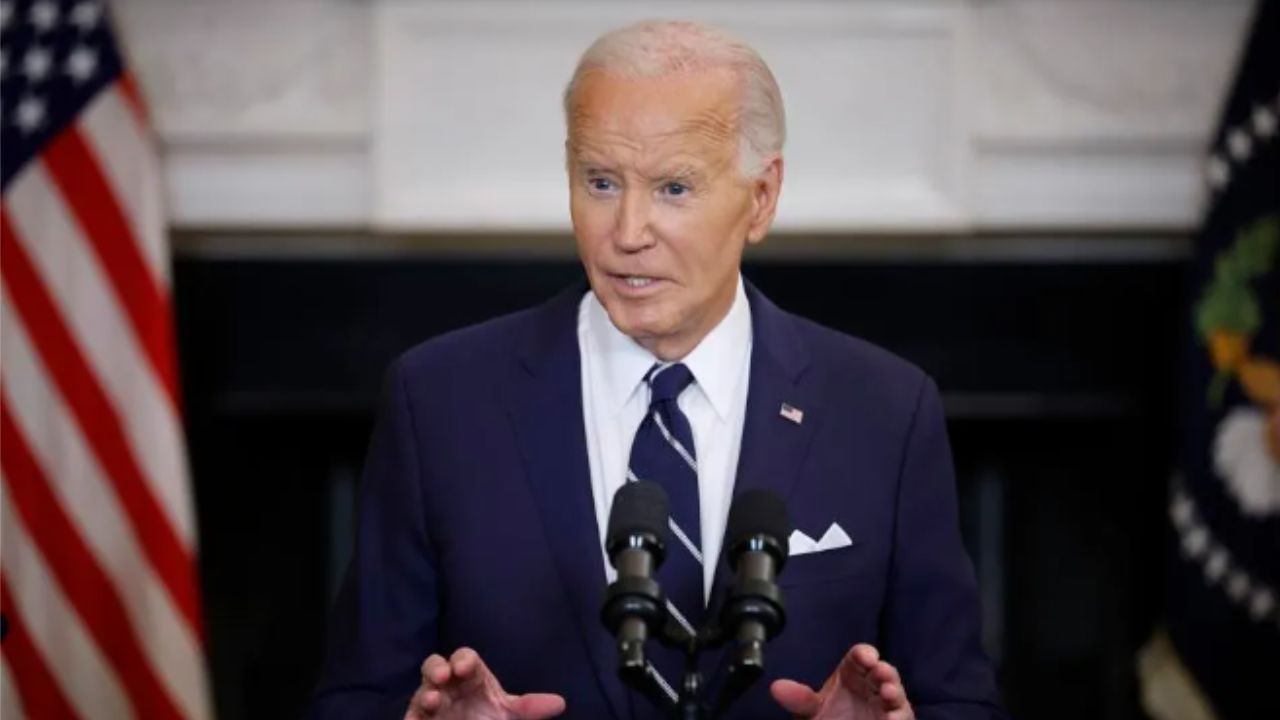The Biden administration has announced fresh details about a future student loan forgiveness program that might help millions of borrowers.
The latest plan, set to be unveiled this fall, is meant as a second try at massive student debt relief after President Joe Biden’s initial plan was overturned by the Supreme Court last year. After nearly a year of negotiated rulemaking (an administrative process for developing new regulations), the Education Department has suggested that the new program is nearing completion. In connection with millions of warnings sent to borrowers this week with a significant opt-out deadline, the agency has updated its official guidelines on the program.
The new details provide greater clarification on the four types of borrowers who may be eligible for loan forgiveness, even as the agency works to finalize the program’s criteria. A fifth category based on hardship is not scheduled to be introduced until next year. Here’s the breakdown.

Student Loan Forgiveness For Runaway Interest Accumulation:
One of the key types of borrowers who may be eligible for student debt forgiveness under Biden’s new plan is those who have seen their loan balance rise over time as a result of interest accrual and capitalization. This can happen in a variety of situations, including being in an income-driven repayment plan where the payments are less than the monthly amount of interest accrual. In that case, a borrower could make considerable payments over an extended period of time yet still owe more than the amount borrowed.
According to the new Education Department guidance, a borrower is eligible for partial student loan forgiveness in this category if their “current balance on an unconsolidated Direct Loan, ED-held Federal Family Education Loan (FFEL) Program loan, or ED-held Perkins loan is greater than the balance of that loan when it entered repayment,” or if the “current balance on a consolidation loan is greater than the balance of the loans included in your consolidation loan when
“All borrowers would be eligible for this debt cancellation, either up to the amount by which the borrower’s current balance exceeds the principal and interest balance when the loans entered repayment or $20,000, whichever is less,” the agency informs me. Borrowers who enroll in an IDR plan and earn $120,000 or less per year individually or as married filing separately, or $240,000 or less per year as married filing jointly, may be eligible for student loan forgiveness for “all principal and interest above the principal and interest balance at the time their federal student loans entered repayment.”
Student Loan Forgiveness for Borrowers Who Qualify for Other Programs:
Borrowers who would have qualified for relief under existing programs but did not apply or enroll may also be eligible for loan forgiveness under the new plan. Candidates who “would otherwise be eligible for loan forgiveness under IDR plans but are not enrolled, or who would be eligible for closed school discharge or other types of forgiveness opportunities but haven’t successfully applied for that relief,” according to the department! This might include, for example, borrowers who earned retroactive credit via the ongoing IDR Account Adjustment project but fell short of the threshold for instant loan forgiveness and never registered in an IDR plan to continue working toward debt reduction.